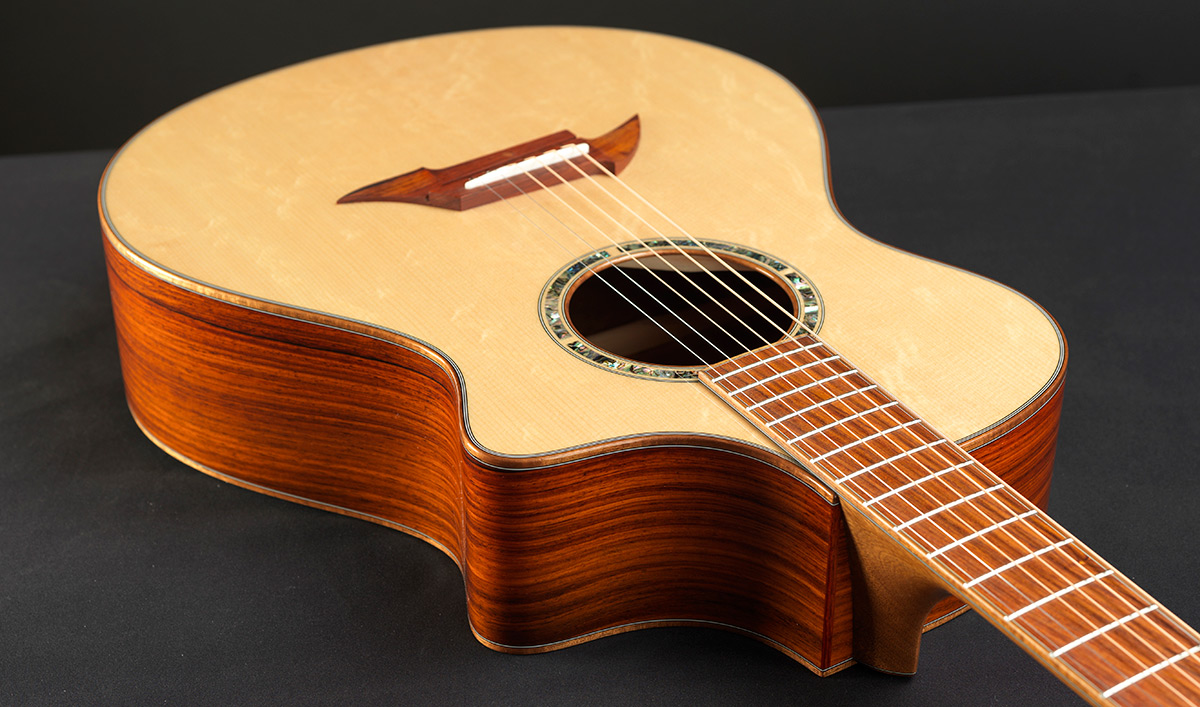The prices of wood are market driven. The concept of "should you be paying more for it" is a human response which has few objective parameters.
If you want to compare straight grained spruce with bearclaw for tone, it is not really rocket science. You do need to do some intellectual work to learn the parameters and what makes spruce work as a tone wood.
It is said that Spruce is a good tone wood because of its stiffness to weigh ratio. So what does that mean?
This is a link to a wood Database:
https://www.wood-database.com/sitka-spruce/
You will notice that it does not have a parameter for stiffness. It does have a number for "Average Dry Weight" and its unit is Kg per cubic metre. The stiffness is measured using the Elastic Modulus and its units are Mega Pascals or Giga Pascals, its the amount of pressure needed to bend or snap a test piece, so it could be masure of stiffness? So these are the numbers which indicate stiffness and weight, which is what is supposed to drive one of the ability of a wood that makes it a good tonewood. For a way to get a better understanding of the relative benefits of Sitka Spruce, make a table showing all these number and units for tonewoods, koa, Tasmanian blackwood, Engellman spruce, mahagany(s), ebony, rosewood and so on and compare all the numbers. It is not rocket science, although there is some work in decoding the parameters and units.
If you can find he numbers for straight sitka spruce and bearclaw, you can scientifically pick if there is any difference.
However, I can't find those numbers. Maybe someone else will? Given the commercial interest in separating Bearclaw from straight sitka, it is very unlikely that no tests have ever been done. So I suspect that the test results don't show any marked difference, otherwise we would see comments like "BearClaw has a higher stiffness to weight ratio compared to Straight Sitka, here are the results to prove it". Instead we see comments which are closer to marketing hype than actual scientifically proven statements. Here are some links to commercial sellers pages:
This stunning custom soft-cutaway concert acoustic guitar was crafted with a bear claw Sitka spruce top and exotic cocobolo back and sides. The winged bridge is also crafted from cocobolo. This acoustic guitar was designed [...]

breedlovemusic.com
The Carter Vintage Exchange is a leader in the world of vintage, collectible guitars and the perfect location for you to buy and sell your next guitar, as well as track the value of your collection.

thenorthamericanguitar.com
For further study look at each parameter in the ToneWood data base. Read about it and learn how the tests are done to get the numbers and what it means for wood that is used to make a musical instrument. Most of the information is not rocket science, it just has some unfamiliar terminology. When you start to pick up the information, you also need to read all the posts and pages where this stuff is discussed and work out that sometimes it is best to just keep it for personal use and avoid getting into inane arguments on social media.
As was pointed out recently, I do delete my posts after a while. They are never intended to be long term informative posts to be used into the future as references. You need to find the credible resources like scientific papers and databases to explore this topic, not rely on anonymous posts on social media. You can even buy a nice hard copy book, the wood has not changed over the last 100 years.






